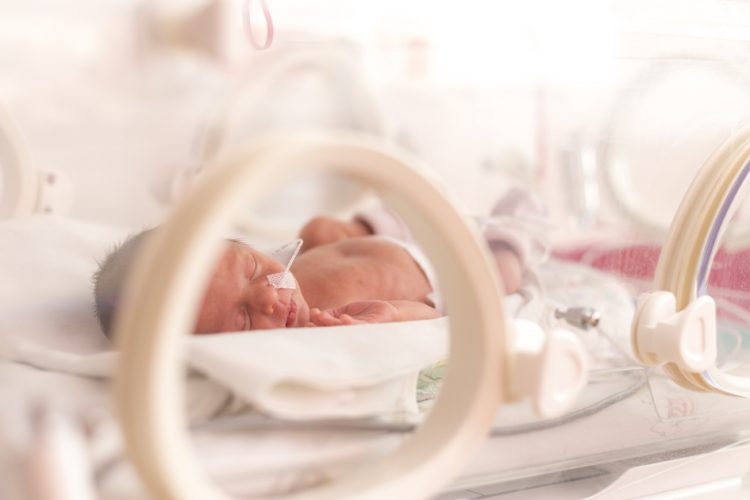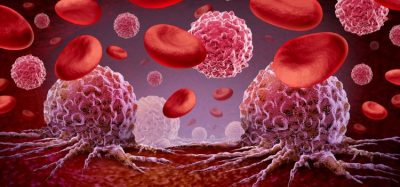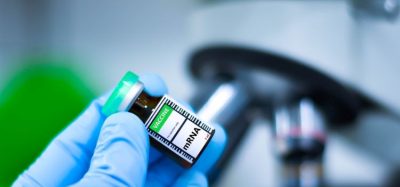EMA recommends authorisation to Amglidia for neonatal diabetes
Posted: 27 February 2018 | Dr Zara Kassam (European Pharmaceutical Review) | No comments yet
Amglidia is a new formulation of glibenclamide, specifically developed for use in newborns, toddlers and children…


The European Medicines Agency’s (EMA) Committee for Medicinal Products for Human Use (CHMP) has recommended granting a marketing authorisation in the European Union (EU) for Amglidia (glibenclamide), a medicine indicated for the treatment of neonatal diabetes mellitus (NDM), for use in newborns, infants and children.
Neonatal diabetes is an extremely rare form of diabetes that is diagnosed in the first six months of life. It is life-threatening and debilitating because of the symptoms caused by high blood sugar levels and the risk of ketoacidosis, a serious problem that can occur in people with diabetes if their body starts to run out of insulin and ketones build up in the body. Different gene mutations have been identified causing this type of diabetes.
Amglidia is a new oral formulation of glibenclamide, a medicine which is already authorised for treating type 2 diabetes, specifically developed for use in newborns, toddlers and children with neonatal diabetes.
It works on insulin-producing cells in the pancreas by attaching to an ATP-sensitive potassium (KATP) channel, which controls the release of insulin. In many newborn babies with neonatal diabetes, the cells in the pancreas produce insulin but they are not able to release it into the blood because their gene mutations lead to dysfunctional KATP channels. The lack of insulin in the blood causes symptoms of diabetes. Glibenclamide’s effect on the KATP channel restores the cells’ ability to release insulin into the blood. These effects are expected to reduce the symptoms of neonatal diabetes.
Currently, to treat neonatal diabetes, nursing staff under medical prescription, or the parents at home, administer insulin or off-label commercially-available glibenclamide tablets licensed for adults only. To make the products suitable for newborns and children, the tablets are crushed into small pieces and given to the infant by mixing the fragments with a small amount of water; the mixture is then administered with an oral syringe. This practice can cause errors in the administration, potentially leading to a risk of under- or over-dosing. Amglidia’s formulation is meant to allow a more accurate dosing of glibenclamide, addressing a clear unmet medical need. Additionally, patients treated with Amglidia may not need to be treated with insulin or may need a smaller dosage.
The benefits of Amglidia are supported by data published in literature as well as data from a bio-availability study and the NEOGLI study. Due to the extreme rarity of the disease, there were only 10 patients included in the NEOGLI study. It showed that glycaemic control remained stable after switching from crushed tablets to oral suspension.
Because NDM is a very rare disease, Amglidia was granted an orphan designation in January 2016. As always at the time of approval, this orphan designation will now be reviewed by EMA’s Committee for Orphan Medicinal Products (COMP) to determine whether the information available to date allows maintaining Amglidia’s orphan status and granting this medicine ten years of market exclusivity.
The opinion adopted by the CHMP at its February 2018 meeting is an intermediate step on Amglidia’s path to patient access. The CHMP opinion will now be sent to the European Commission for the adoption of a decision on an EU-wide marketing authorisation. Once a marketing authorisation has been granted, decisions about price and reimbursement will take place at the level of each Member State, taking into account the potential role/use of this medicine in the context of the national health system of that
Related topics
Related organisations
Committee for Medicinal Products for Human Use (CHMP), European Medicines Agency (EMA)







